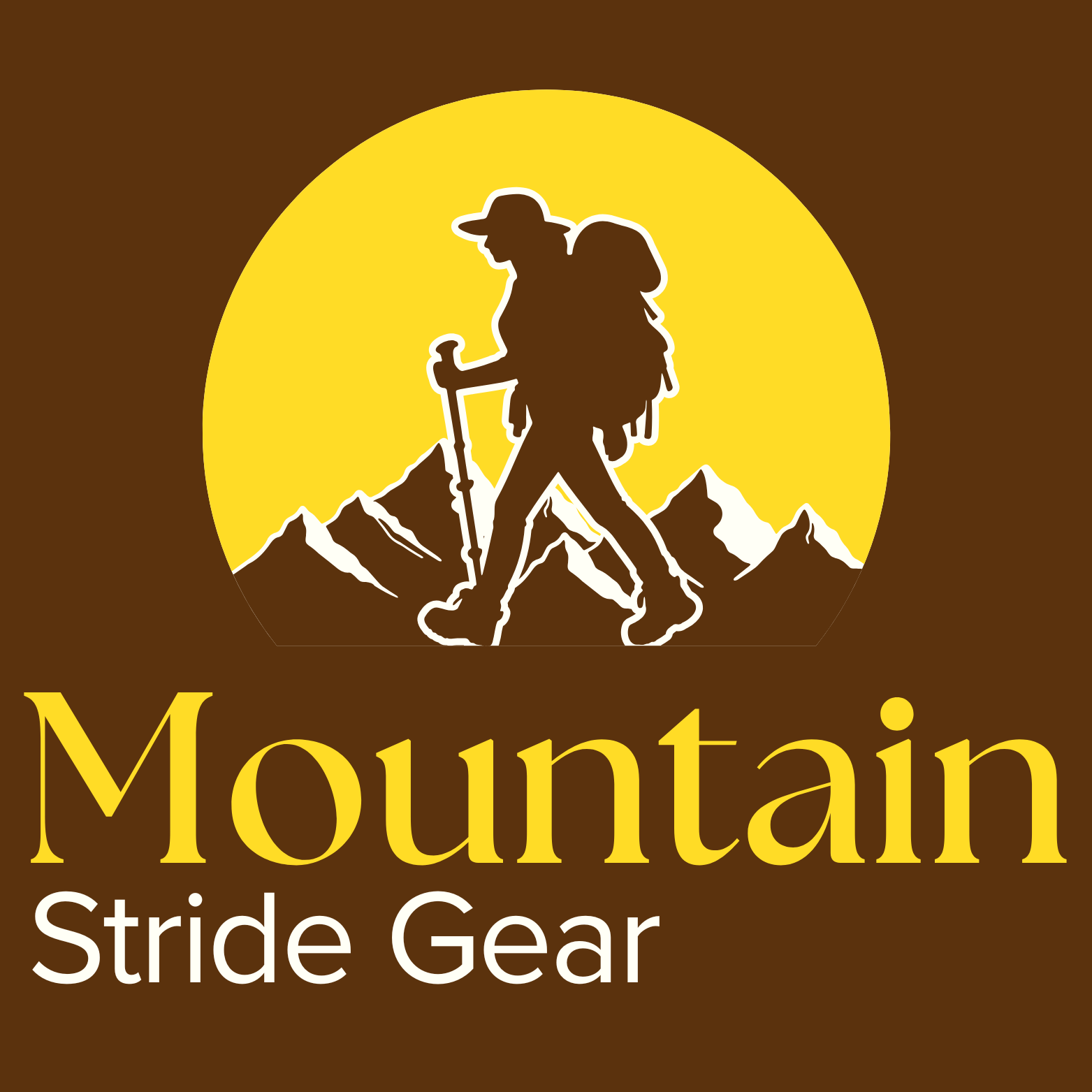When you’re scaling mountain passes, navigating forest trails, or enjoying a family nature escape, staying properly hydrated isn’t just about quenching thirst—it’s the key to maintaining energy, preventing fatigue, and ensuring safety. In this guide, you’ll learn how to choose the right hydration gear, use it like a pro, and stay ahead of trends so every outdoor adventure feels smoother and more reliable.
Why Hydration & Water Gear Matter
- Boost performance: Drinking steadily lets you keep moving without forced breaks.
- Prevent discomfort and risk: Dehydration leads to headaches, cramps, or worse. Proper gear helps you avoid those.
- Adapt to elements: Gear that manages temperature (insulated hoses, proper valve design) ensures water doesn’t freeze or overheat, whether on alpine ridges or under the sun.
How to Choose the Right Hydration Gear
Types of Systems
- Backpacks with hydration reservoirs: Ideal for hikes or trips where you need room for layers and snacks.
- Waistpacks or vests: Lightweight, minimal—perfect for trail runners or climbers who prioritize mobility.
Capacity Based on Your Adventure
| Trip type | Recommended capacity |
| Short walks / children | 0.5–1.5 liters |
| Moderate day hikes | 2.0–2.5 liters |
| Remote or multi-day trips | 3+ liters |
Key Features to Look For
- Wide-opening caps or sliders for easier cleaning
- Quick-disconnect hoses so you can refill without unloading your pack
- Insulated or temperature-resistant materials to protect from freezing or overheating
- Hose clips or magnetic holders to keep drinking tubes in place during movement
Pro Tips: Using Hydration Gear Like a Pro
- Clean & dry after every use
Wash reservoirs with mild soap or baking soda, rinse thoroughly, and ensure everything is fully dry before storing. Soap residue or moisture can cause an unpleasant taste or mold. - Set a drinking rhythm, not just thirst cues
Don’t wait until you feel thirsty. Establish a routine—like a sip every 10 minutes or every time you rest. Especially important when it’s hot or you’re at high altitude. - Carry backup water options
Include a wide-mouth bottle or insulated flask for times when hoses freeze or gear fails. Having redundancy avoids trouble in unexpected cold or remote settings. - Match your gear to the mission
Choose ultralight systems for speed-oriented missions. For rugged hikes or family adventures, prioritize durability, structure, and extra storage. - Watch trends and real veteran feedback
Things like collapsible silicone bottles are growing in popularity for their portability. At the same time, some users report issues with taste or leakage. Gear with balanced feedback tends to serve best.
Examples, Stats & Trends
- Recent outdoor gear studies show searches for “hydration backpacks” surged around mid-2025, indicating growing consumer interest in more integrated hydration systems.
- Users often report that cleaning issues are the #1 complaint with reservoir systems—underscoring the importance of wide openings and removable parts.
- In temperature-variable climates, insulated hoses reduce freezing risk by up to 40%, based on gear lab tests.
Top Hydration Picks for 2025
- 3-liter structured bladder pack: Full storage, quick-disconnect hose, great for extended or remote trips.
- Feather-weight vest-style reservoir: Minimalist weight, excellent for fast trail running.
- Silicone collapsible bottle + insulated hose combo: Best for flexibility and cold weather adaptability.
Staying hydrated isn’t optional—it’s essential. The right hydration and water gear makes the difference between a memorable adventure and a hard struggle.
Key takeaways:
- Choose gear based on your activity, capacity needs, and environment.
- Always clean and dry your system to avoid mold, odors, or health risks.
- Sip consistently, and don’t rely solely on feeling thirsty.
- Keep backup options for extreme conditions or gear setbacks.
- Stay aware of gear innovations and user reviews to make smarter purchases.
Explore more tips, test gear options, or share this post to help others stay hydrated out there. If you want updates on new products or expert insights, join our newsletter—you’ll never miss what’s next in hydration gear.
